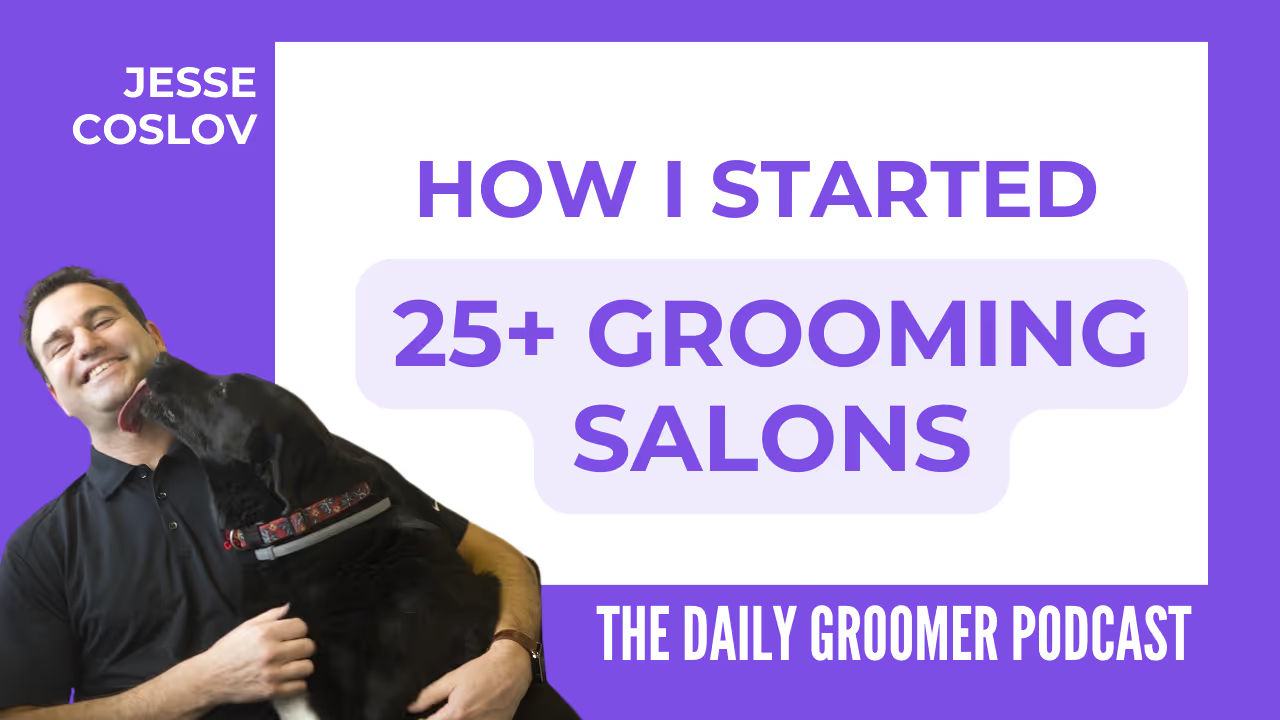Breed-Specific Grooming: How to Tailor your Skills for Different Types of Dogs
Improve your dog grooming skills with breed-specific techniques


Breed-Specific Grooming: How to Tailor your Skills for Different Types of Dogs
As a professional groomer, understanding the intricacies of breed-specific grooming is crucial to providing the best care for your furry clients. Each dog breed has unique characteristics that require tailored grooming techniques. In this article, we will explore the importance of breed-specific grooming and provide you with practical tips to enhance your skills.
The Significance of Breed-Specific Grooming
Breed-specific grooming goes beyond aesthetics; it promotes the overall health and well-being of dogs. Different breeds have distinct coat types, lengths, and densities. Hence, a one-size-fits-all approach won't suffice when it comes to grooming.
Proper grooming techniques adapted to specific breeds help prevent skin conditions, matting, and discomfort. Understanding the breed's coat care requirements allows you to address their unique needs, ensuring they stay healthy and happy.
Research and Familiarization
Before accepting a new client or grooming a dog breed you are less familiar with, conduct thorough research. Gather information on the breed's grooming standards, coat characteristics, and common grooming issues. Understanding the breed's history and purpose can also offer valuable insights into their grooming requirements.
Additionally, take the time to familiarize yourself with different tools and grooming products appropriate for each breed. Investing in the right equipment will not only enhance your efficiency but also ensure the comfort and safety of the dog.
Identify the Coat Type
One of the first steps in breed-specific grooming is identifying the coat type. This will determine the grooming techniques and products you'll need to use. Common coat types include short, long, curly, wiry, and double coats.
For example, double-coated breeds like Siberian Huskies and Golden Retrievers require regular brushing to prevent matting and excessive shedding. On the other hand, curly-coated breeds like Poodles and Bichon Frises require regular coat clipping to maintain their signature style and prevent tangling.
Grooming Techniques for Different Breeds
1. Brushing and Combing
Brushing and combing are essential grooming techniques for all breeds. However, the type of brush or comb you use may vary depending on the coat type.
Long-haired breeds often require slicker brushes or pin brushes to remove tangles and prevent matting. Breeds with shorter hair may benefit from bristle brushes to distribute natural oils and stimulate the skin.
2. Bathing and Drying
Bathing frequency depends on the breed, their activity level, and coat type. While some breeds only need bathing every few months, others with oilier coats may require more frequent baths.
When drying, use the appropriate technique based on coat length and density. For longer coats, consider using a professional grooming dryer to prevent excessive heat exposure and potential damage to the hair.
3. Trimming and Clipping
Trimming and clipping are crucial for breeds with hair that grows continuously, such as Terriers and Poodles. Mastering different clipper techniques and understanding breed-specific patterns is essential to achieve the desired look.
4. Ear and Nail Care
Many breeds are prone to ear infections and nail issues. Regularly inspect and clean the ears to avoid infections, and trim the nails to an appropriate length to prevent discomfort and potential injuries.
Continual Education and Professional Development
Breed-specific grooming requires continuous education and staying updated with industry trends. Attend workshops, seminars, and grooming conferences to refine your skills and network with experts in the field.
Additionally, consider joining grooming associations or online communities where you can connect with fellow professionals, discuss breed-specific grooming challenges, and share insights.
In Conclusion
Grooming different dog breeds requires specialization and customization. By understanding the specific needs of each breed and utilizing breed-specific grooming techniques, you'll elevate your skills as a professional dog groomer.
Remember, the key is to invest time in researching, familiarizing yourself with various coat types, and continually updating your knowledge through education and professional development. This commitment will enable you to provide top-notch grooming services that keep dogs healthy, happy, and looking their best.


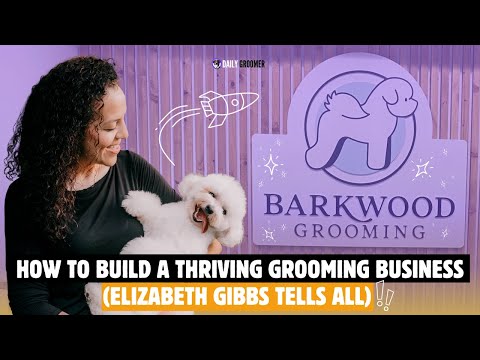



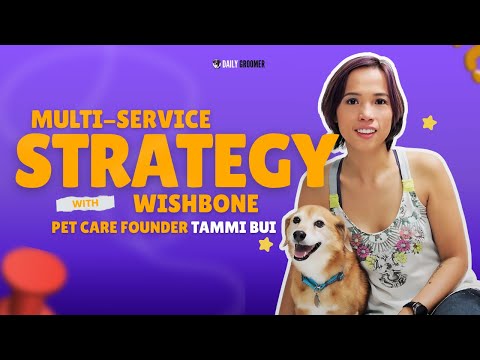


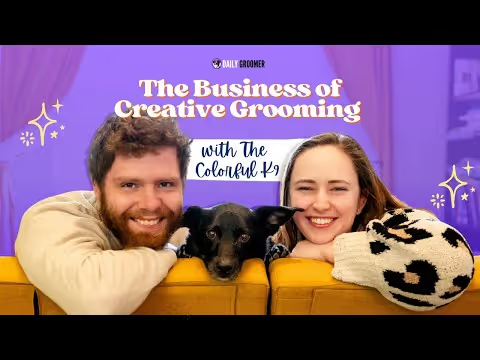





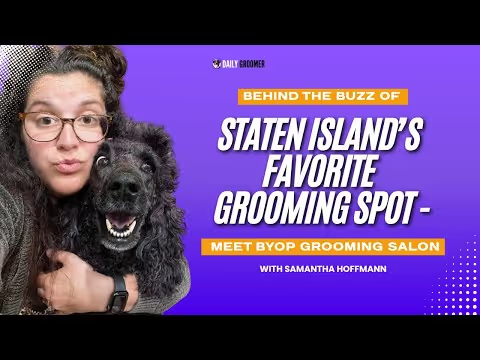

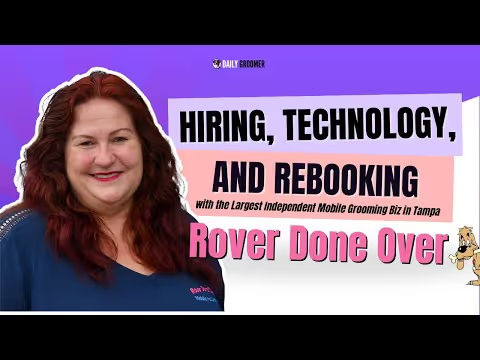
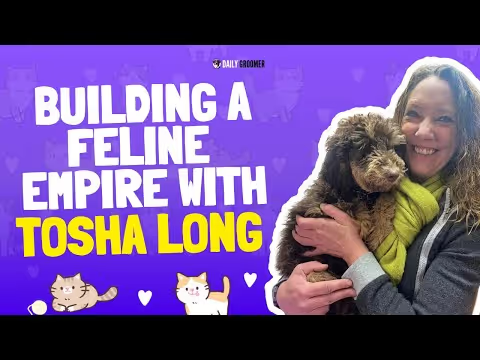



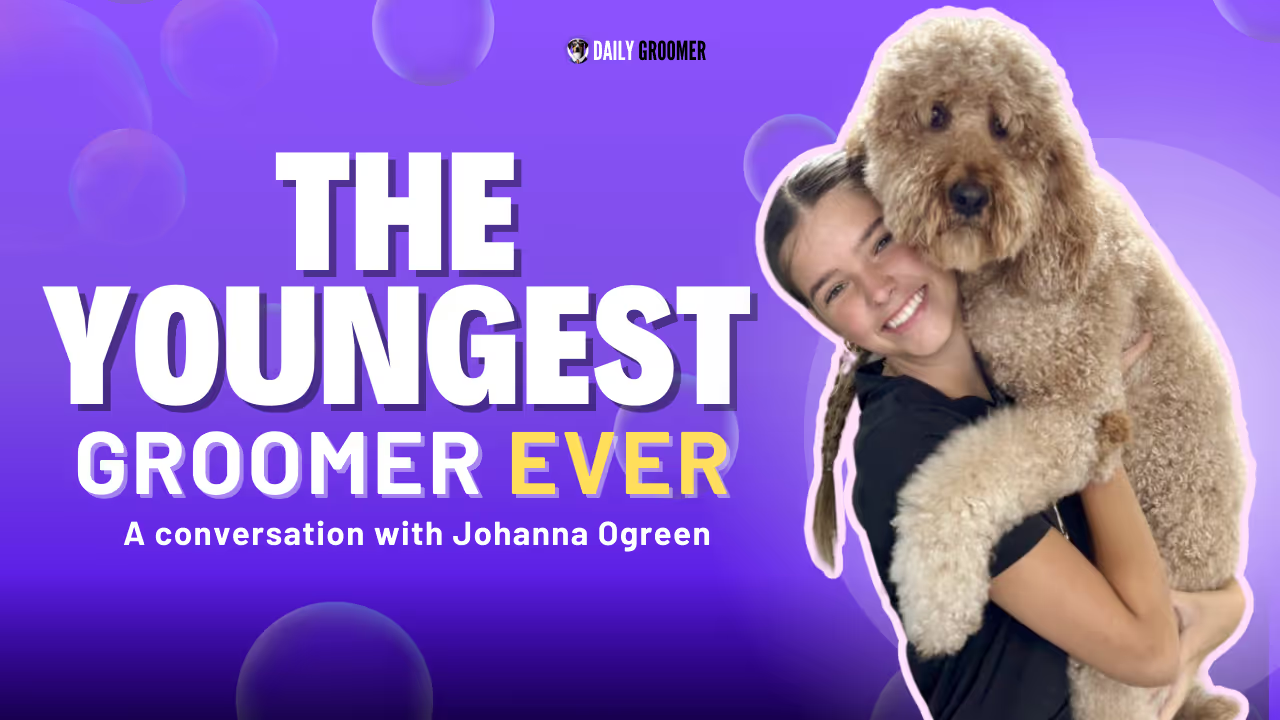
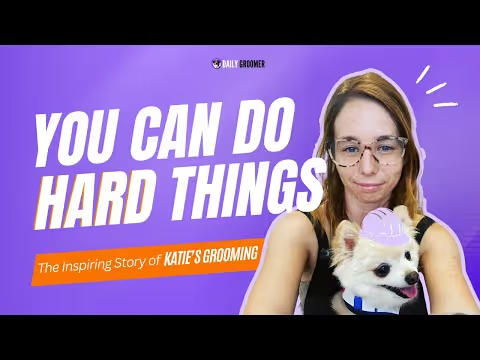

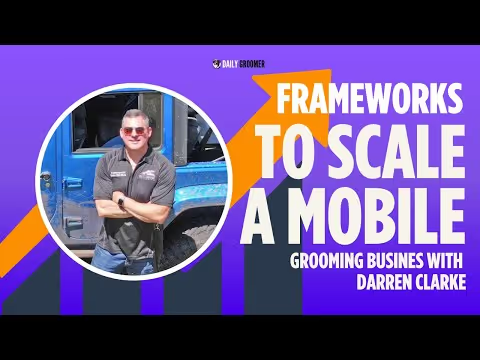
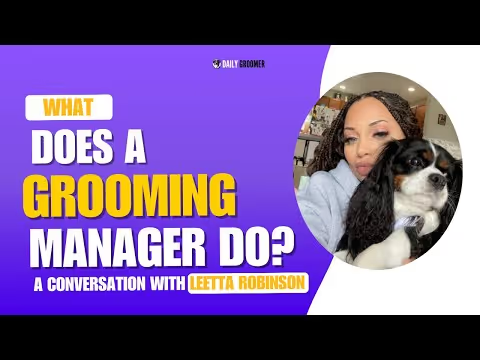



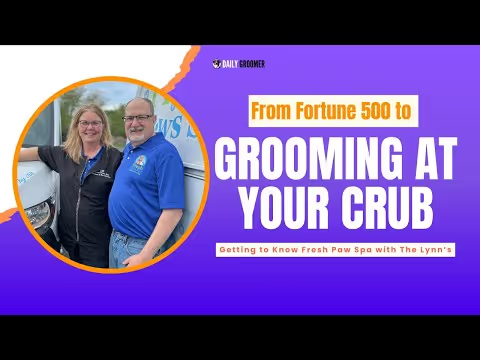












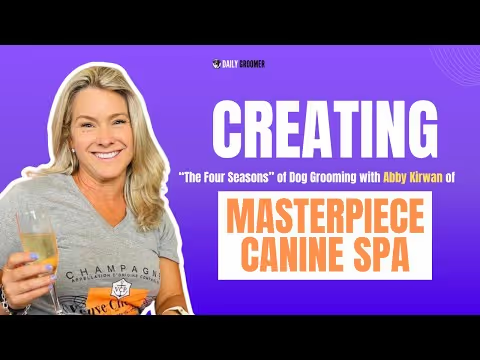


.avif)
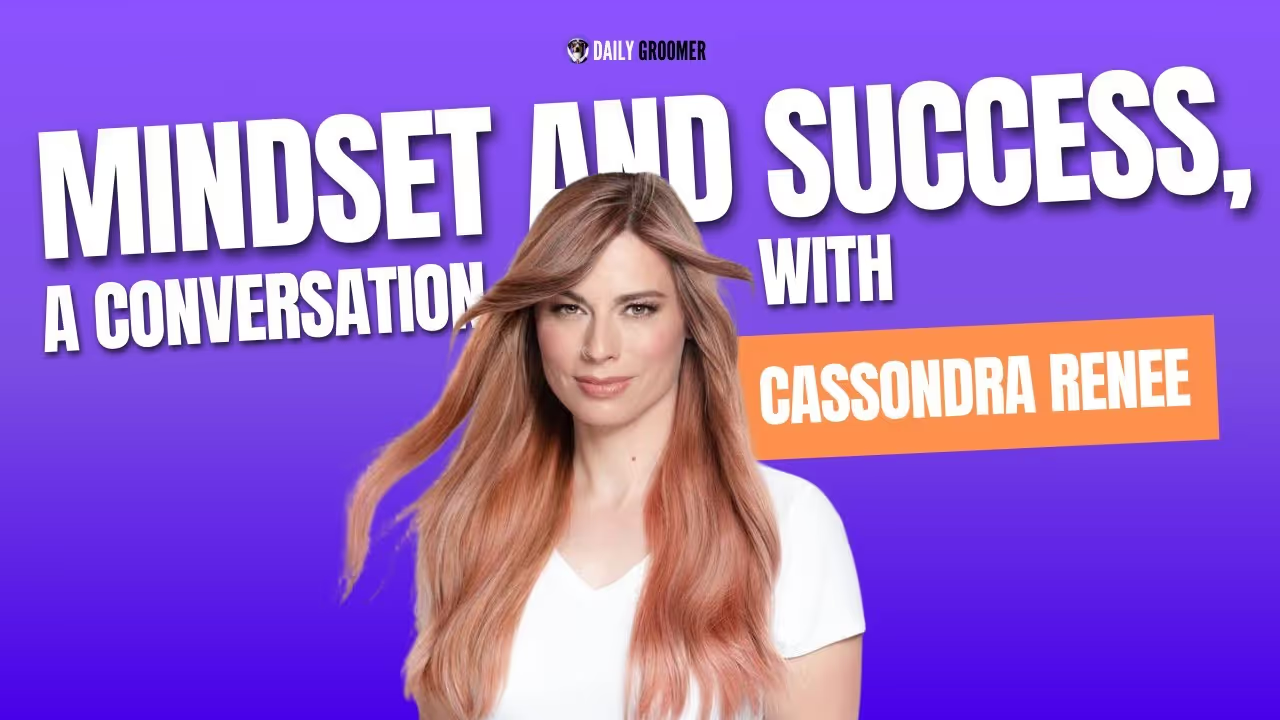
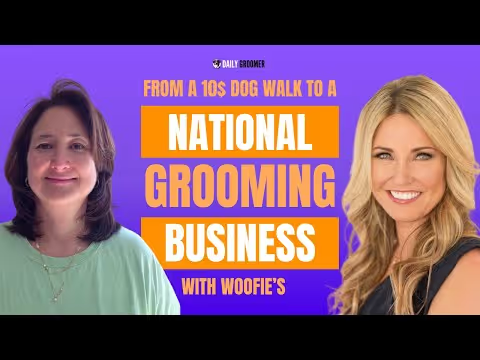





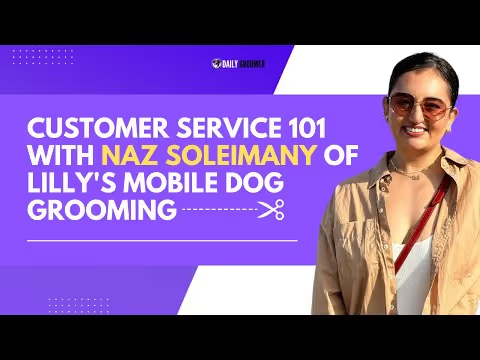

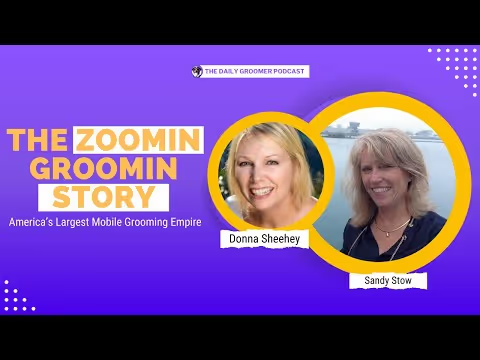


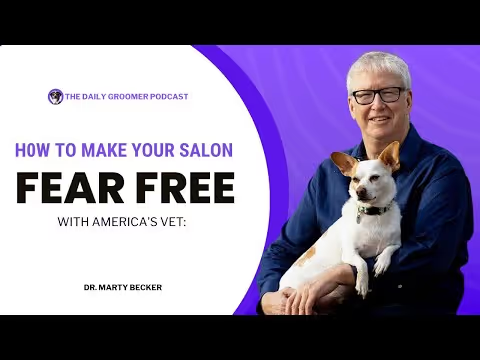



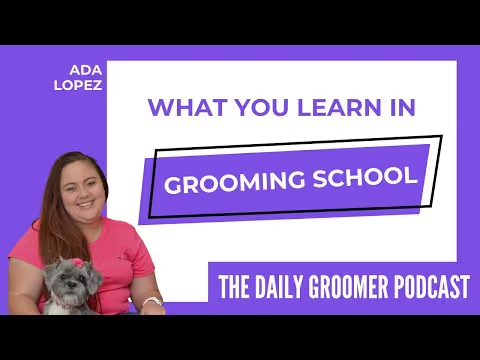



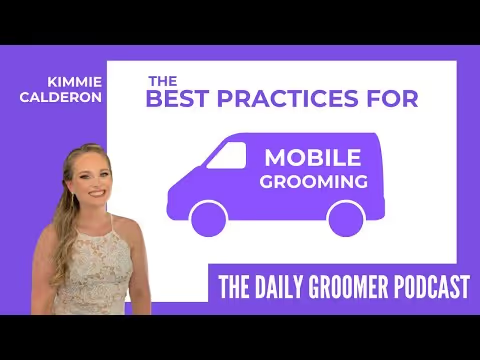
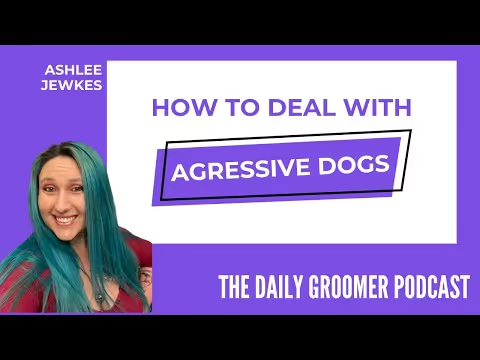
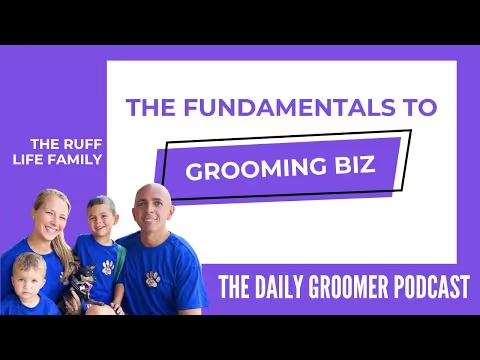


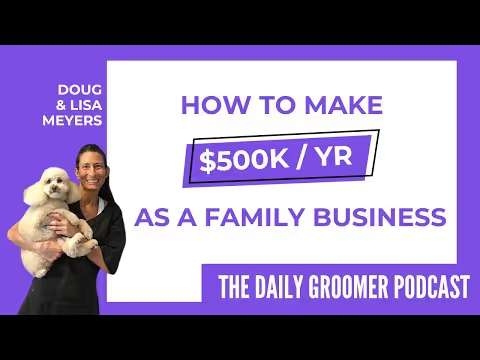
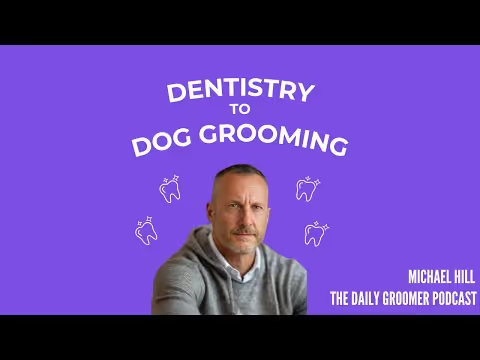
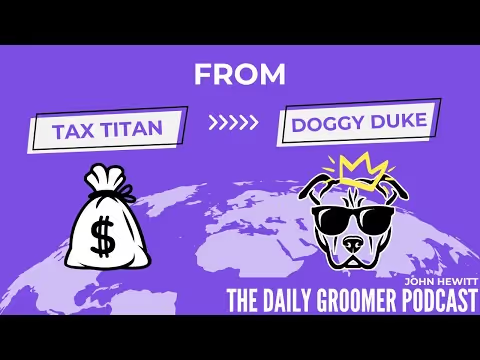



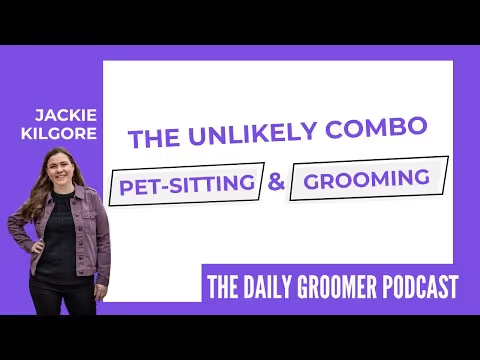


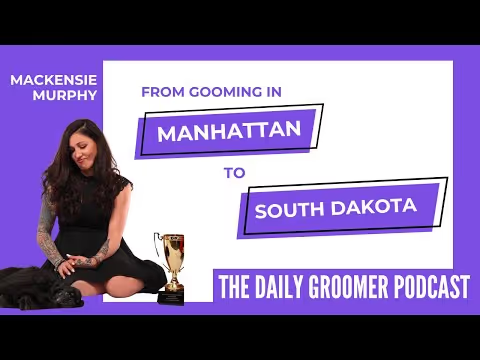
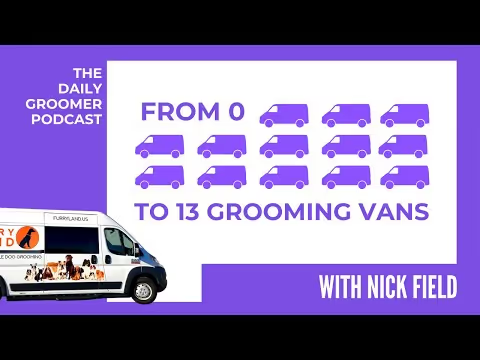
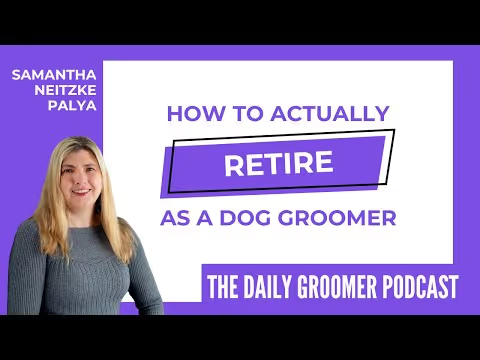
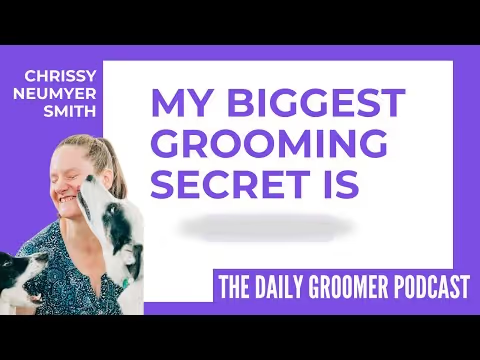


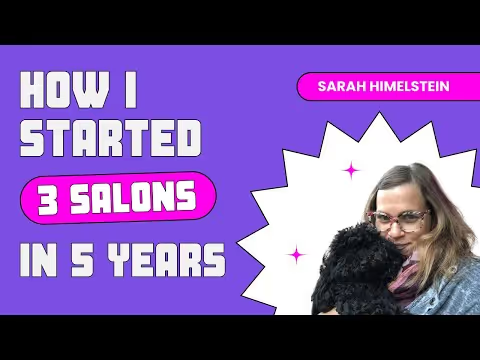

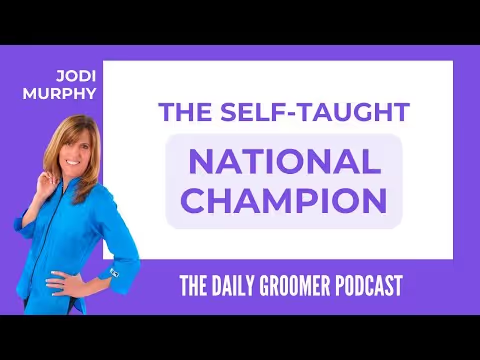


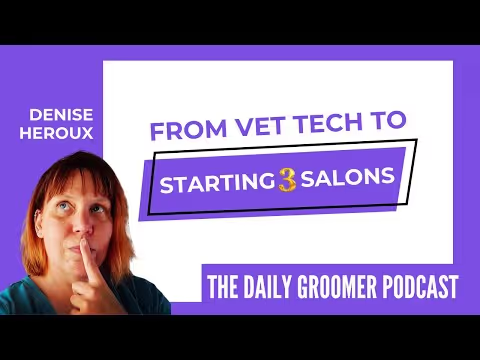

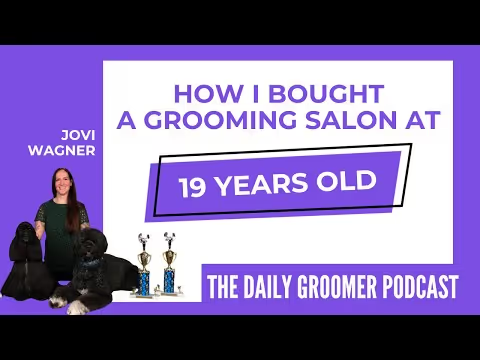

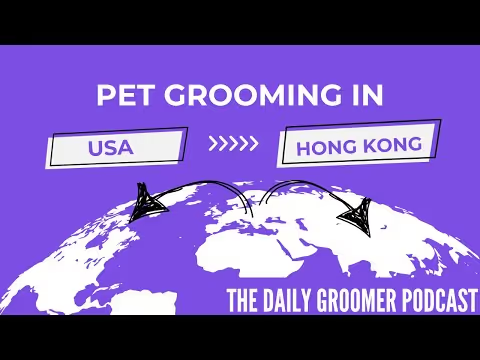
.avif)


